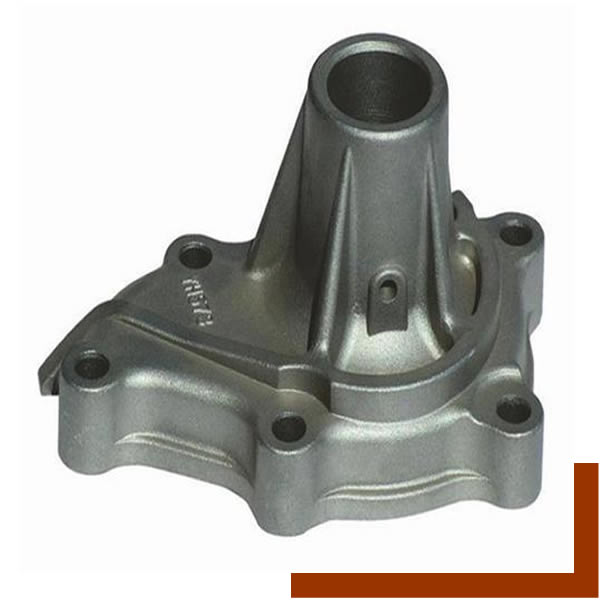What is Gravity Die Casting?
Gravity Die Casting is a permanent mould casting process, where the molten metal is poured from a vessel or ladle into the mould. The mould cavity fills with no force other than gravity, filling can be controlled by tilting the die. Undercuts, and cavities can be incorporated into the component form with the use of sand cores. This process gives a better surface finish than sand casting as well as better mechanical properties, both due to rapid solidification.
Castings, Patterns and Molds
Aluminium Gravity Die Castings
At Vinayak Enterprises are able to produce quality aluminium gravity die castings for a range of industries, including High Horsepower Diesel Engines, Defence, Gas Turbines, Machine Tools, Compressors, Pumps, Valves, Medical Equipment, Light Construction Equipment, Articulated Trucks, Photo Imaging and Printing.
Gravity Die Casting Process
Gravity die casting is often a manual process, with the molten metal added with the use of a ladle. However, for some high volume applications it is also possible to use an automated ladle to pour the molten metal. The speed and the direction of the filling can also be controlled by tilting the die.
Apart from the method by which the molten metal is poured into the die cavity, and the gravity die material, the casting process is essentially the same as sand casting. It involves four steps:
- The die is heated and then sprayed with a refractory coating, and closed. The coating both helps control the temperature of the die during manufacture and it also assists in the removal of the casting.
- Molten metal is then manually poured into the die, (although in some cases a machine can be used) and allowed to solidify.
- The die is then opened and the cast parts either removed by hand or in some cases ejector pins are used on the mechanised machines.
- Finally, the scrap, which includes the gate, runners, sprues and flash, is removed from the casting(s). The castings are then processed to remove sharp edges and excess material, then blast cleaned (if required) prior to dispatch to the customer.

